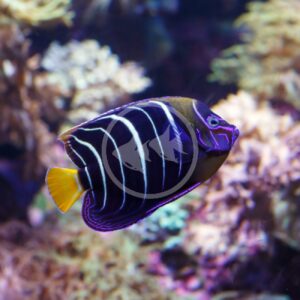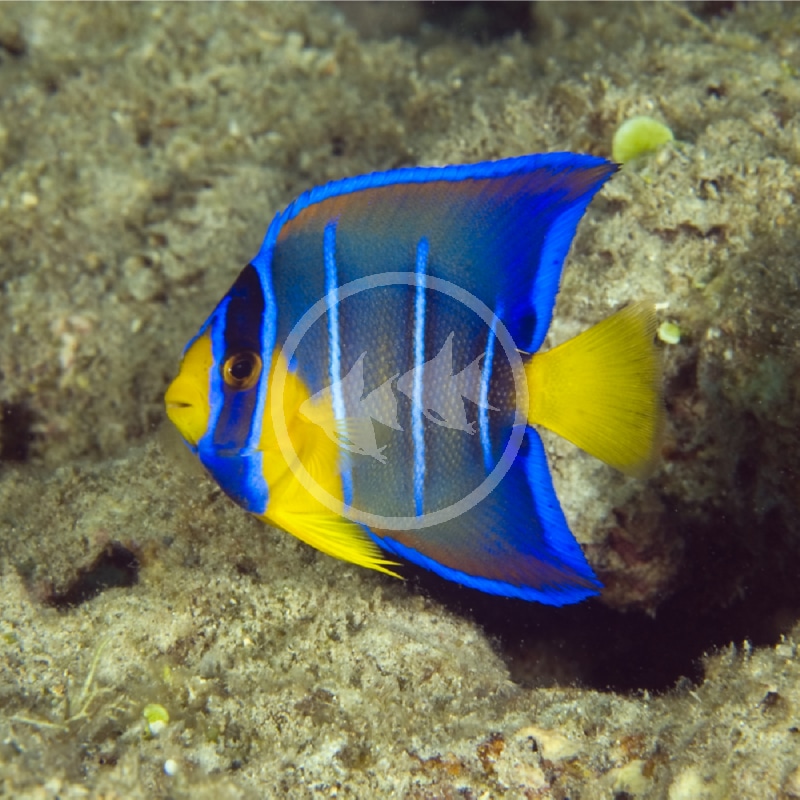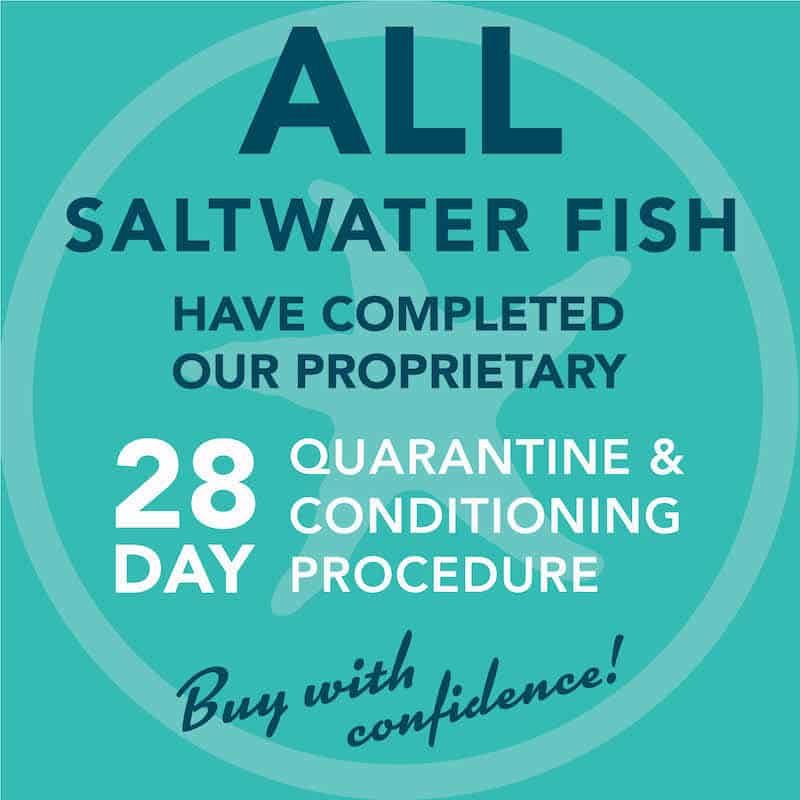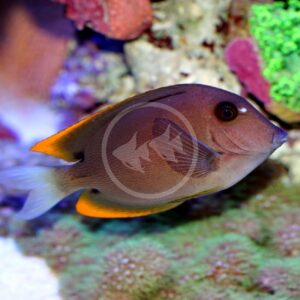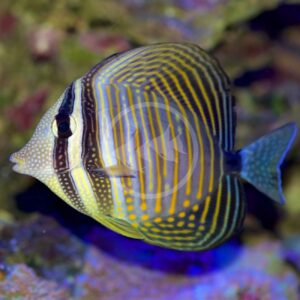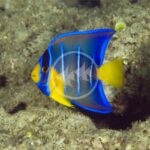

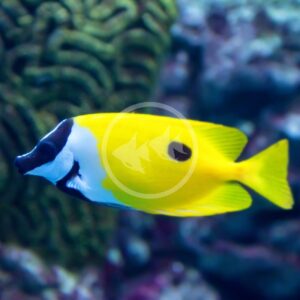
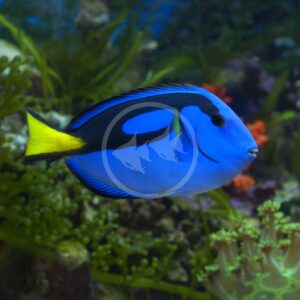
ANGEL – BLUE Holacanthus bermudensis
$349.99
The Blue Angelfish is native to the Caribbean Sea and most similar to the Queen Angelfish (Holacanthus ciliaris), but does have some distinguishing attributes. As juveniles, the Blue angelfish have rounded dorsal and pelvic fins, whereas juvenile Queen angelfish have fins that are elongated. The juvenile Blue angelfish also does not have a blue crown or the overall striking blue highlights that juvenile Queen angelfish possess. As adults, Blue angelfish lack blue edging around its whole body, whereas this is characteristic of adult Queen angelfish. Finally, the body of a Blue angelfish is more yellow, while adult Queen angelfish scales have a blue tinge. Given their similarities, Blue angelfish and Queen angelfish are known to hybridize in the wild. As a result, an angelfish referred to as the Townsend Angelfish (Holacanthus townsendi) has characteristics of both Blue and Queen angelfish. Juvenile Blue angelfish have several vertical bar markings that disappear with age as it transitions into an adult, a common trait among many juvenile Holacanthus angelfish. A hardy and large angelfish, the Blue angelfish can reach an approximate size of 15″.
Dry goods orders are shipped via US Postal Service or UPS to the address provided at checkout based on the selection made in your website shopping cart. Product is carefully packed to help prevent any damage during shipping. Once processed you will receive a shipment notification via email with tracking number, and delivery notification. Please allow 48 hours for processing after your order is placed.
Perishable items (i.e. live plants, refrigerated/frozen foods) are shipped via US Postal Service 2-3 day to the address provided at checkout for a $25.00 flat rate charge. Items are packed with secure packing material and heat, cold, or Cryo packs as needed to maintain safe temperatures during transit. If one or more perishable items are in the shopping cart at checkout the $25.00 perishable shipping charge will automatically appear and need to be selected. Once processed you will receive a shipment notification via email with tracking number. Please allow 48 hours for processing after your order is placed.
Livestock (i.e. fish, invertebrates, coral) are shipped via UPS Overnight to the address provided at checkout for a $55.00 flat rate charge. Livestock is packed in insulated styrofoam boxes with secure packing material and heat, cold, or Cryo packs as needed to maintain safe temperatures during transit. If one or more livestock items are in the shopping cart at checkout the $55.00 livestock shipping charge will automatically appear and need to be selected. Livestock is shipped Monday through Wednesday ONLY (no weekend delivery is available) weather permitting, and we reserve the right to delay shipping until conditions are appropriate for safe arrival. Once your order is placed we will contact you to arrange the best shipping date based on these criteria. Someone must be available to receive the livestock order on the first delivery attempt. Once processed you will receive a shipment notification via email with tracking number. Please allow 48 hours for processing after your order is placed.
For mixed dry goods/perishable & livestock orders items will be shipped via their corresponding shipping methods outlined above. Dry goods will be shipped via US Postal Service or UPS based on your selection and checkout, while livestock will ship via UPS Overnight for a $55.00 flat rate charge. You will receive separate notifications and tracking numbers for the dry goods and livestock. Please note due to different carriers and shipping methods dry goods and livestock may arrive on different days.
Related products
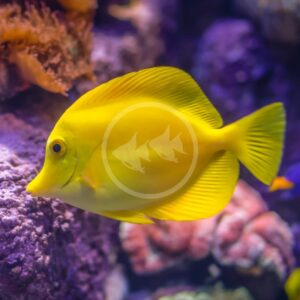

TANG – YELLOW Zebrasoma flavescens
$174.99 – $399.99TANG – TOMINIENSIS Ctenochaetus tominiensis
$119.99 – $169.99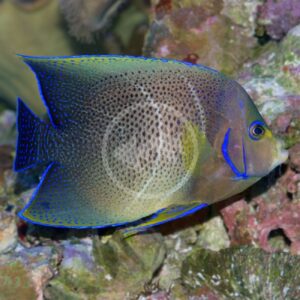
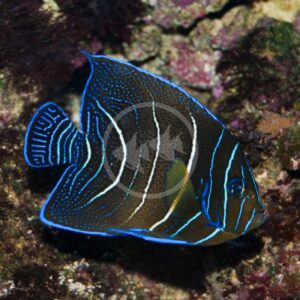
ANGEL – KORAN Pomacanthus semicirculatus
$89.99 – $199.99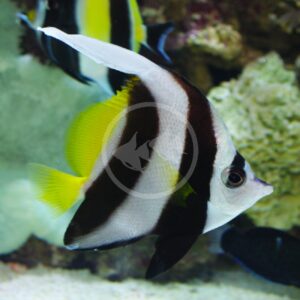

BUTTERFLY – HENIOCHUS BLACK & WHITE Heniochus acuminata
$119.99 – $249.99TANG – SAILFIN DESJARDINII Zebrasoma desjardinii
$169.99 – $199.99

SNAPPER – HI FIN Symphorichthys spilurus
$149.99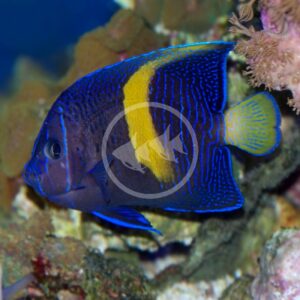

ANGEL – MACULOSUS Pomacanthus maculosus
$254.99